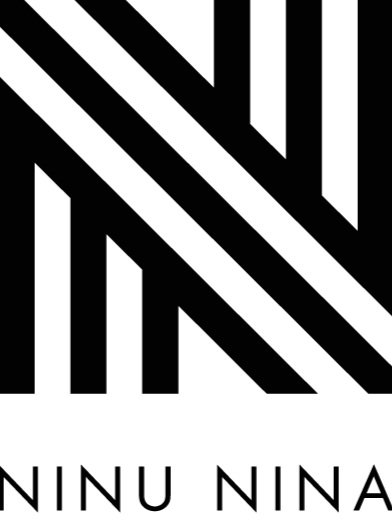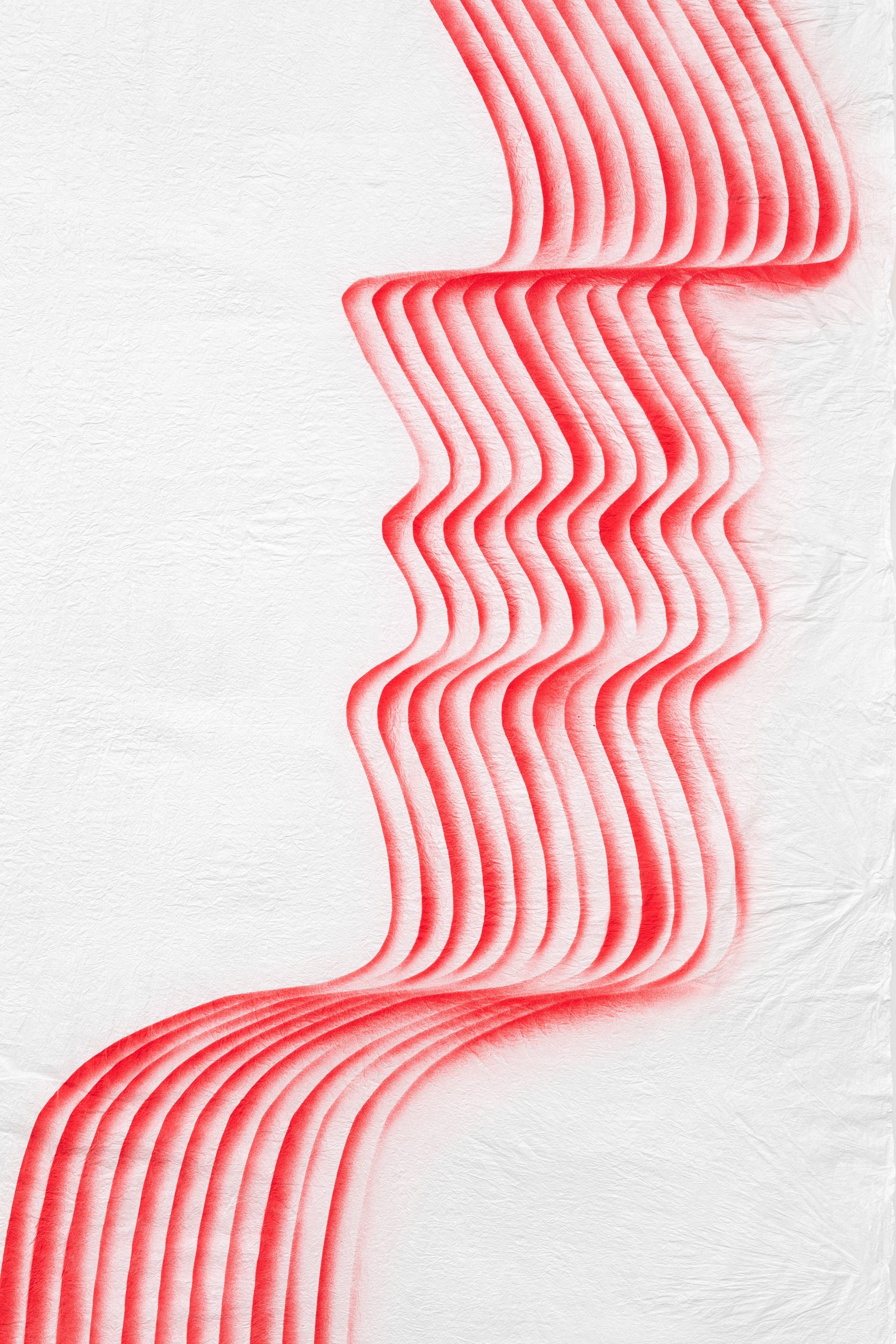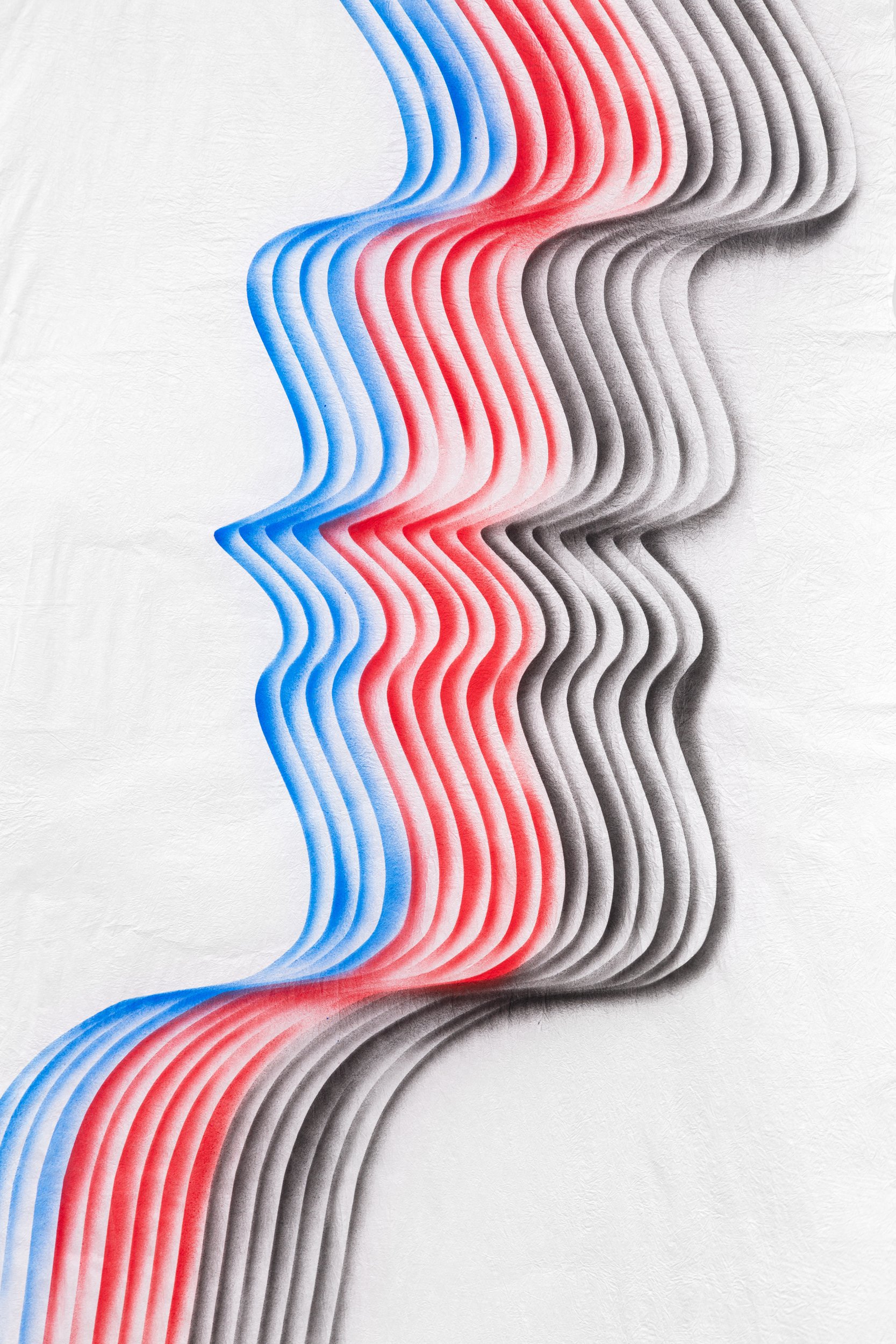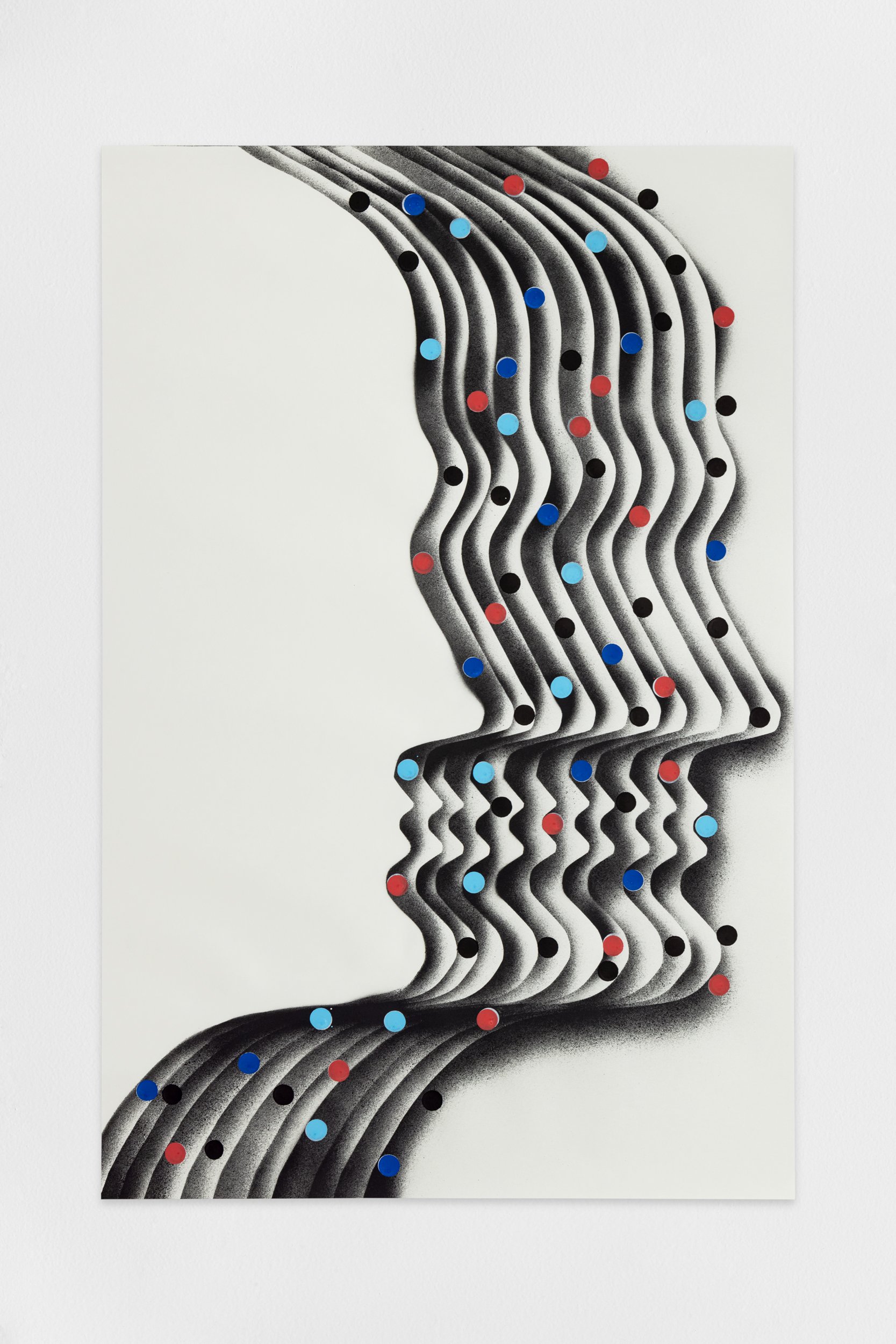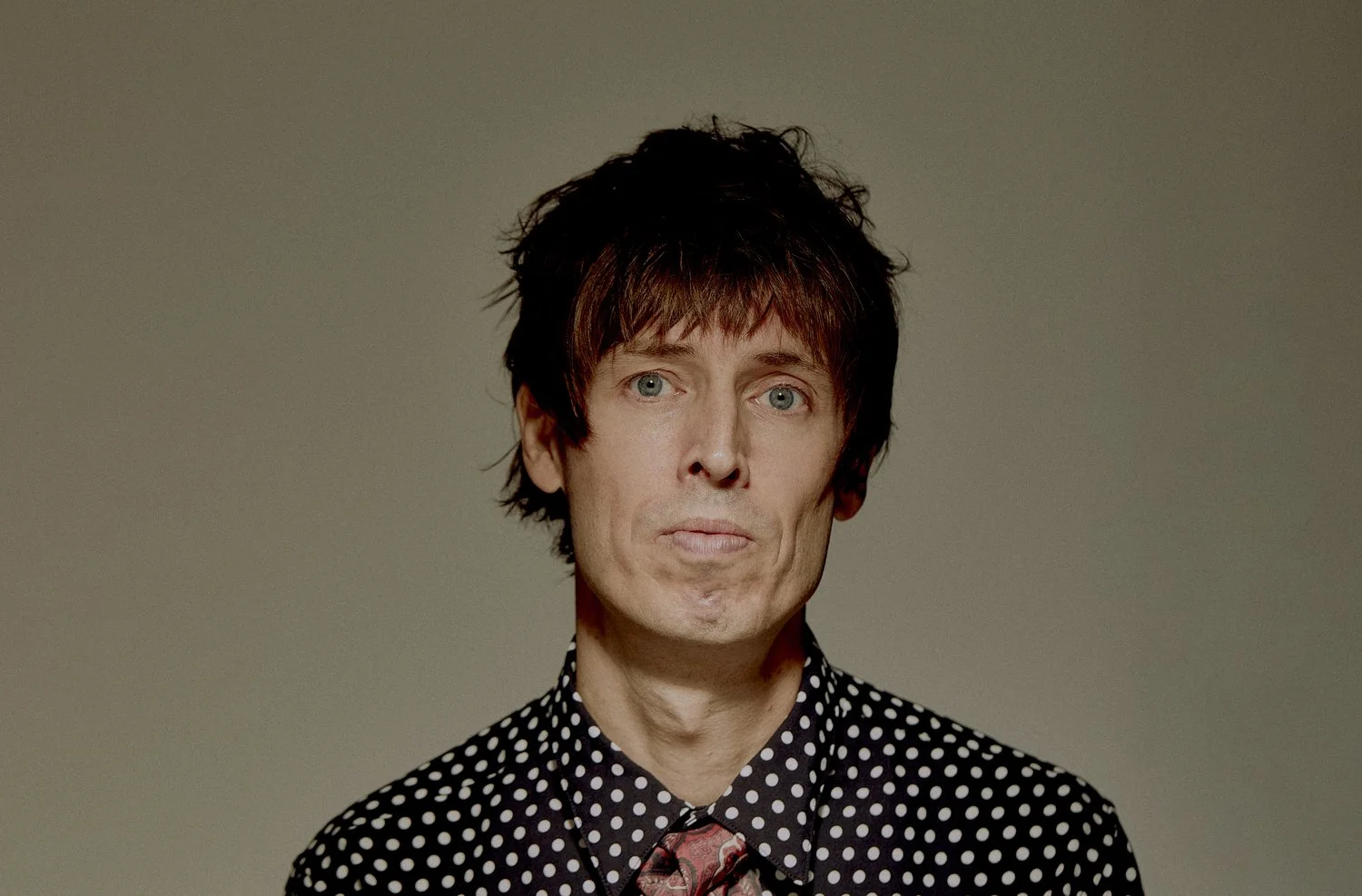ARTIST CARLOS AMORALES
In his artistic research, Carlos Amorales is interested mainly in language and the impossibility/possibility of communicating through means that are unrecognizable or not codified: sounds, gestures, and symbols. He experiments at the limits between image and sign with an array of platforms: animation, video, film, drawing, installation, performance, and sound.
Carlos Amorales was born in 1970 in Mexico City. He studied in Amsterdam at the Gerrit Rietveld Academie (1996–97) and Rijksakademie van beeldende kunsten (1992–95). He has participated in group exhibitions such as: Under the Same Sun. Art From Latin America Today, Guggenheim Museum (Nueva York, 2014); Mexico City: An Exhibition About The Exchange Rate of Bodies and Values, MoMA PS1 (Nueva York, 2002) and represented Mexico in the 57th Biennale di Venezia with the project Life in the Folds (2017). He lives and works in Mexico City.
Words of Mouth and Hands, his first solo exhibition in New York at kurimanzutto. It comprises a video installation with a set of original music scores and works on paper that take as their point of departure a creation myth the artist imagined in which a serpent created the underworld by burrowing through the earth with its voice. Together, the artworks follow the transformation of the written word into choral music and the subsequent translation of music into graphic symbols. Amorales’ six-channel video installation evokes ideas of the sublime through chants. This major work portrays musician, composer, and performer Sarmen Almond singing two poems and the myth of the serpent. As a counterpoint, percussionist Diego Espinosa performs a series of dancefloor rhythms with his hands and body. Words of Mouth and Hands continues the artist’s transdisciplinary inquiry into the relationship between contemporary art and different cultural practices, which in previous works have ranged from wrestling to the music industry, fashion, literature, and cinema. These various areas have interested him for their potential to manifest the sense of existential fragmentation in contemporary life.
Exhibition dates: June 23 —July 28, 2023
Who or what are your greatest artistic inspirations or influences?
Through the years I have been interested in the work of many artists, writers, and musicians, but one work that was a very important inspiration was seeing Joan Jonas´ “Vulcanic Saga” at the Stedelijk Museum in Amsterdam, when I was studying there in the nineties. She made this video using the chroma key technology that was new then, which allowed her to combine different layers of video to tell a folk tale. I thought there was something very “video art-like” in this piece, which was different to cinema or TV. It made me question myself about what is particular to video art, or what makes it particular.
You work with a variety of mediums in your practice, is there one you currently prefer?
As you mention, I like to use many mediums for making my works, but I think that what is central is drawing and writing. It is from the combination of both, that ideas develop and become installations, performances, or videos. I often think that drawing and writing are aspects of the same basic moment of creation, which is very intimate.
Tell us about your creative process from the moment you have an idea to the point that you feel it is a finished work.
This connects to what I was telling you in the previous question… It starts with drawing and writing, which are the most intimate moments of creating something – they are the foundation layer. Drawing and writing allow for intuitive ideas to appear, so once I choose what I think is the interesting way to go, I start socializing my idea and searching for collaborators, which often are artists from other disciplines like musicians, writers, or actors. I think a work is finished once one has explored and experimented with an idea so much that it becomes reduced to what is essential; then becomes an artistic gesture and finally, a finished work. I often work in an intuitive manner, meaning that I don´t have a clear idea to start with, but something which is more like a hunch. It is a visual hunch: it is clearly in my mind in a general way, I see it, but I can´t grasp it, until is made.
Do you have an opinion on the role of technology and A.I in the art space and in our world?
From what I been seeing so far, most of the AI visual effort is similar to the way visual effects have been developed for superhero films: it’s about making fantastic things look realistic, so most text to image programs tend to make fantasy look credible. In this sense, and in relation to what visual artists have done throughout history, I find their approach is becoming more and more limited. How to put it in other words? Text to Image-making AI tools have been designed by technicians who have a very general idea of art history, so it seems that now we are transiting through a surrealist phase and tending towards hyperrealism. But these digital tools are amazing, and the more and more versions of text-to-image AI apps that are created, and the more artists use them, the better the images will become.
